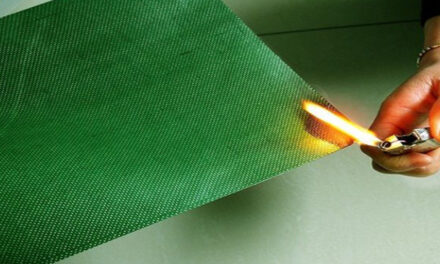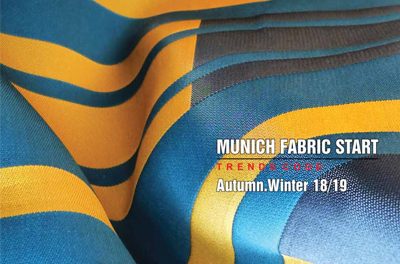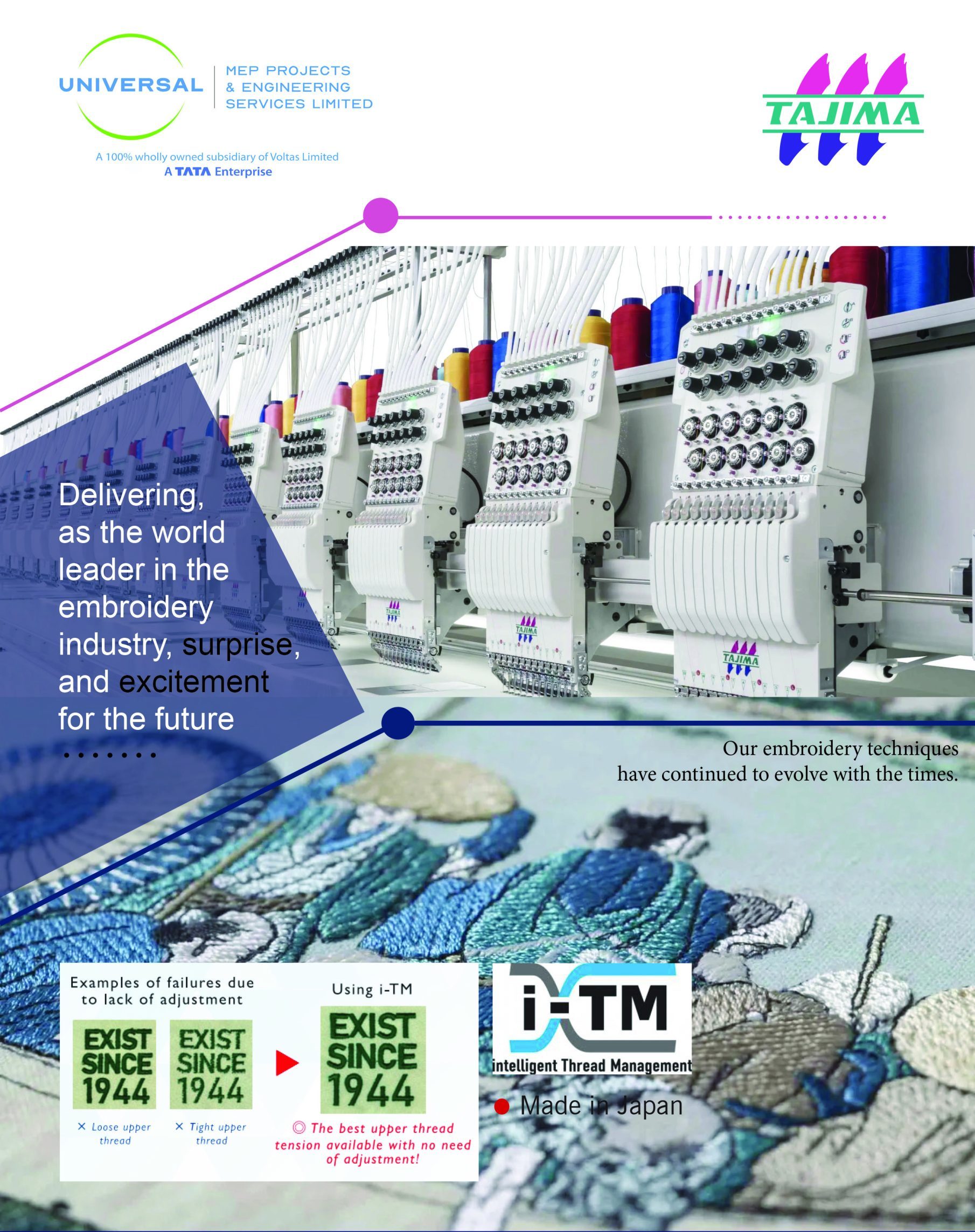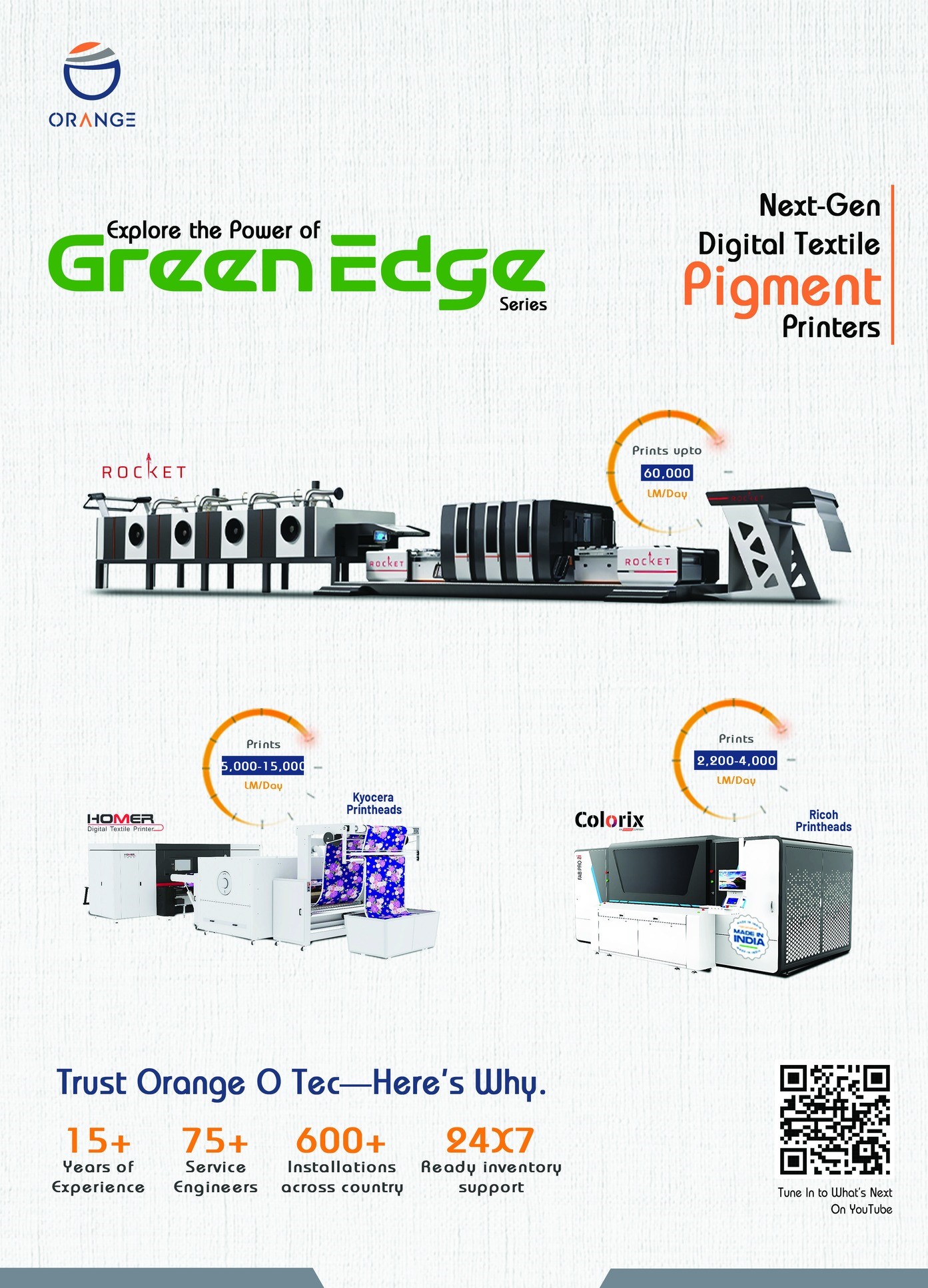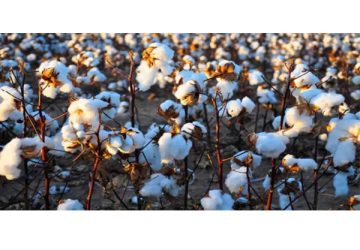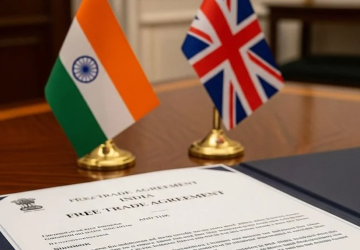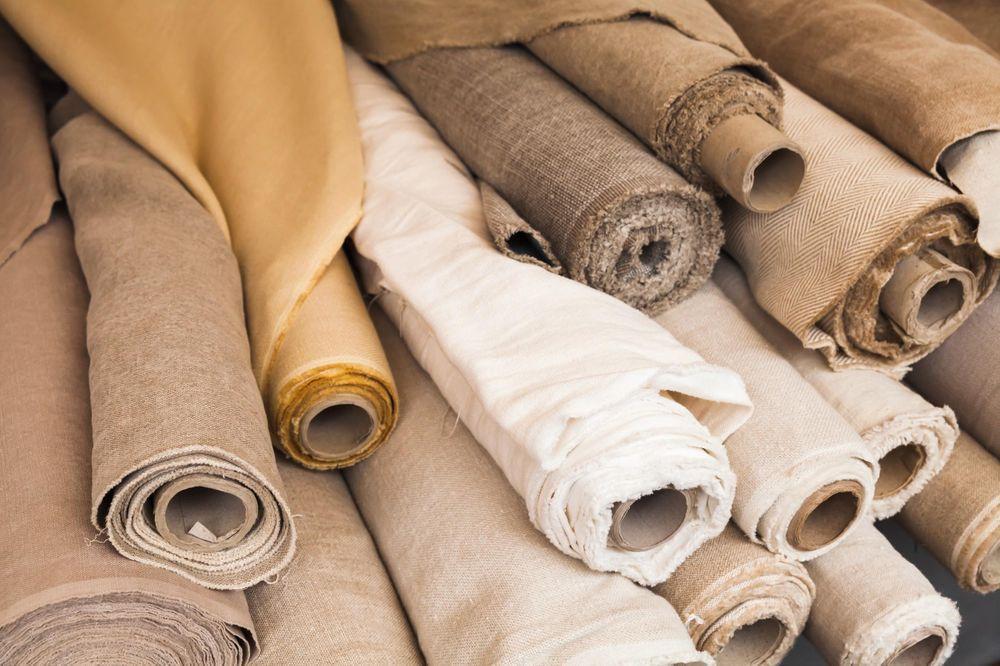
Imagine wearing clothes crafted from fibers derived from plants, food waste, or recycled materials garments that are stylish, durable, and eco-friendly. These innovations are driven by the sustainable textile fibers market, which is transforming traditional fabrics into environmentally conscious alternatives. This sector is experiencing strong growth, propelled by rising consumer demand for ethical production and sustainable fashion. With global market values increasing steadily, the industry is redefining how textiles contribute to a greener economy. In this blog, we’ll explore the latest growth trends, backed by key insights into market projections, drivers, and opportunities.
Current Market Size and Future Projections
According to a recent study by DataM Intelligence, the sustainable textile fibers market reached approximately USD 48.15 billion in 2023 and is projected to grow to USD 71.65 billion by 2031, reflecting a compound annual growth rate (CAGR) of 5.09% over the forecast period. The market expansion is fueled by the shift from conventional fibers like cotton and polyester toward innovative alternatives such as Mycotex, Piñatex, and Orange Fibre, often derived from food waste and agricultural by-products. As consumers increasingly demand environmentally sustainable and ethically produced textiles, the market is poised for steady growth. Fashion brands leveraging these fibers can attract eco-conscious buyers while differentiating themselves in a competitive landscape.
Key Drivers Fueling Industry Growth
Several factors are driving growth in the sustainable textile fibers market. One major driver is the rising consumer awareness of the environmental impact of traditional fibers, which require significant water, energy, and chemicals for production. Sustainable fibers including organic cotton, hemp, bamboo, lyocell, and recycled polyester offer reduced water usage, lower carbon footprints, and biodegradability. Another driver is the adoption of recycling and circular economy practices. Major clothing brands are integrating recycled materials into their supply chains to reduce textile waste, which constitutes over 15% of fabrics in garment manufacturing.
Additionally, the growth of ethical fashion and sustainable sourcing practices encourages the use of fibers that are responsibly cultivated and certified under standards like GOTS (Global Organic Textile Standard), ensuring environmental and social compliance.
Emerging Trends and Innovations in Sustainable Textile Fibers
Innovation is a hallmark of this industry. New fibers made from plant-based or recycled sources are gaining traction, while technologies like closed-loop recycling are enhancing circularity. The rise of bio-based fibers, including Mycotex and Piñatex, allows manufacturers to transform agricultural by-products into functional textiles.
Eco-conscious consumers are also driving demand for hypoallergenic, breathable, and durable fibers. Hemp and bamboo are particularly popular due to minimal water usage and fast growth cycles, making them sustainable alternatives to traditional cotton.
The market is further influenced by the integration of sustainable fibers into diverse applications, including fashion apparel, protective clothing, and home textiles. This shift promotes reduced environmental impact while maintaining material quality and versatility.
Challenges and Restraints Hindering Market Growth
Despite growth, the market faces challenges. Recycling infrastructure remains limited, especially in developing countries, where mixed-fiber textiles complicate the reprocessing of materials. Downcycling converting fibers into lower-quality products remains prevalent, hindering the realization of a fully circular economy.
Balancing environmental benefits with cost-efficiency and performance also remains a challenge for manufacturers. Compliance with sustainability standards and labor regulations requires ongoing investment in research and production methods.
Opportunities for Future Expansion
Opportunities abound in emerging markets, particularly in Asia-Pacific, where rising incomes and sustainability awareness drive demand for eco-friendly textiles. Expansion into new applications like wearable technology, protective textiles, and home furnishings offers untapped potential.
Investments in recycling technology, sustainable fiber production, and strategic partnerships can further enhance market penetration. Brands that innovate in sustainable fibers and circular solutions can differentiate themselves while contributing to long-term environmental benefits.
Conclusion: A Bright Horizon for Sustainable Textile Fibers
The sustainable textile fibers market is thriving, with steady growth projections and innovations shaping its future. From eco-friendly fibers to circular economy initiatives, the sector is adapting to global demands for environmentally responsible, functional textiles. As sustainability and consumer awareness continue to drive expansion, the market is set to deliver both ecological and economic value, ensuring its relevance and resilience in the years ahead.
Medhavi Jain, content specialist, DataM Intelligence 4Market Research LLP



